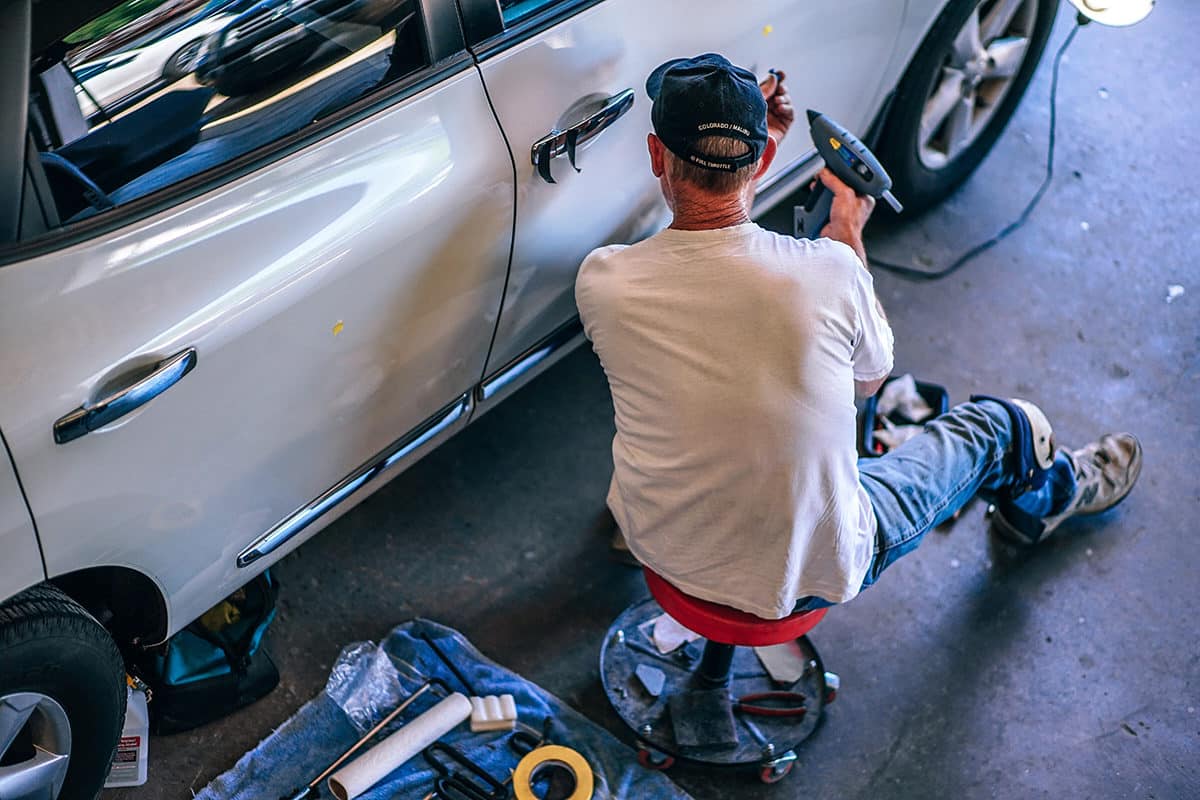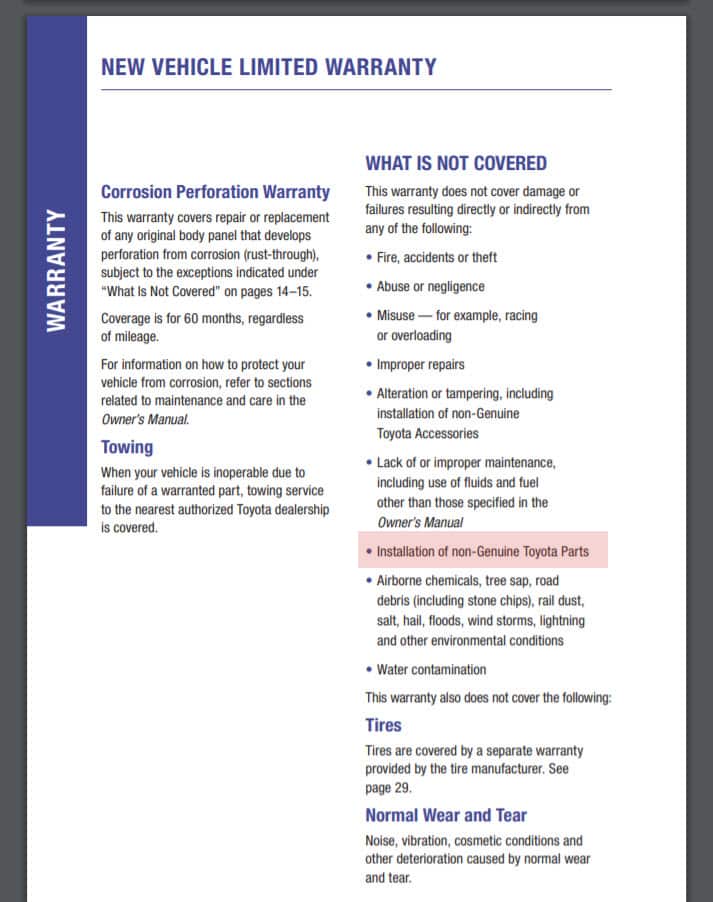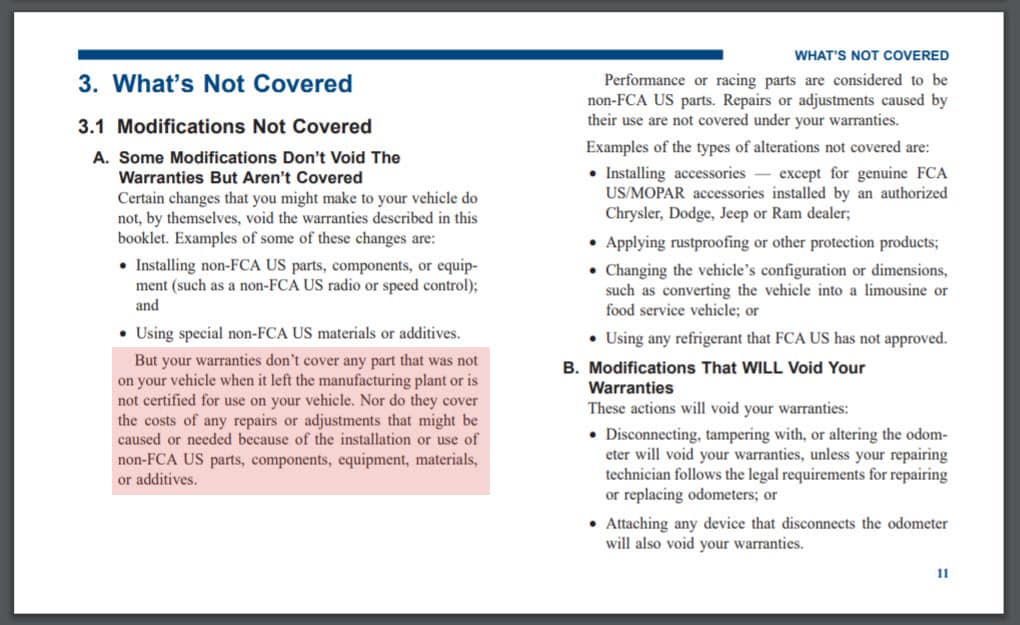Bill SF0095 – Aftermarket parts.
Update 02/28/2019:
Died in Committee Returned Bill Pursuant to HR 5-4
Jan 29th, 2019, a third reading passed for Wyoming Bill SF0095. The bill allows for the use of aftermarket parts to be used in collision repairs.
Aftermarket parts mean parts that are not from the vehicle manufacturer (non-OEM). For example, any replacement/blueprint part(s) purchased from a 3rd party parts distributor including online parts stores.

Here is how the bill defines the term.
“(i) “Aftermarket part” means any non‑OEM sheet metal or plastic parts that generally constitute the exterior of a motor vehicle, including inner and outer panels. “Aftermarket part” shall not include tires, windshields or windows;”
The saying, ‘you get what you pay for’ can be true in these instances.
Some aftermarket may be of equal or even better quality, but some parts are a lot cheaper. They are cheaper for a reason. Most likely built from cheaper, lesser quality material.
Aftermarket parts may not fit correctly and/or leave varying panel gaps.
Aftermarket parts could affect the safety of your vehicle.
Ford Motor Co has researched the use of aftermarket parts. “All components of the vehicle structure are designed and tested to work together in a real-world collision,” said FCSD Collision Product Team Manager Lisa Fournier. “Any significant deviations from engineering specifications, such as changes in materials, forming processes, dimensional inaccuracies and any structural differences, along with how it is repaired, can dramatically alter the crash characteristics of a vehicle.”
Part of the Wyoming bill reads as follows;
26‑13‑403. Use of aftermarket parts.
(a) An insurer shall not require the use of aftermarket parts in the repair of an automobile unless the aftermarket part is at least equal in kind and quality to the original part in terms of fit, quality
Who is to determine the quality of the non -OEM parts used?
“ (b) An insurer shall not be required to pay any additional cost of an original equipment manufacturer part when an aftermarket part equal in kind and quality in terms of fit, quality
This implies that an auto insurance company does not have to pay for replacing OEM (original equipment manufacturer) parts if cheaper aftermarket ones are available. If the customer requires OEM parts fitted, they may have to pay the difference (depending on the insurance policy).

How will aftermarket parts affect warranty?
Here are is an example of a manufacturers warranty that does not cover aftermarket parts. This is an excerpt from the 2019 Toyota Tundra warranty.

Here is an excerpt from a 2019 RAM 1500 warranty.

Another example would be headlights. An exterior part of the vehicle, which under this new bill would means non-OEM replacements can be fitted. Cheap replacement headlamps could not only burn out faster but could cause further electrical damage (subsequent damage caused by a non-OEM part could result in a warranty claim being denied).
How do you feel about aftermarket parts being fitted to your vehicle in a collision repair?
Would it make a difference if it depended on the age of your vehicle?
If the insurance companies have cheaper parts fitted, does this mean premiums will drop?
Let us know in the comments below or send a contact to your Wyoming legislators.

Recent Comments